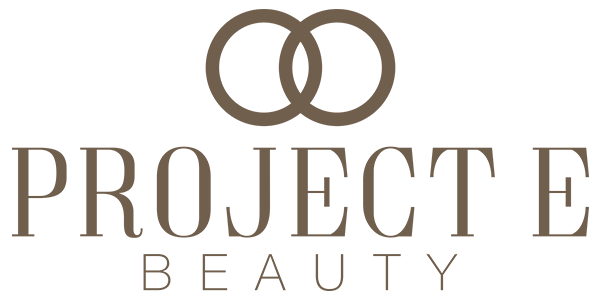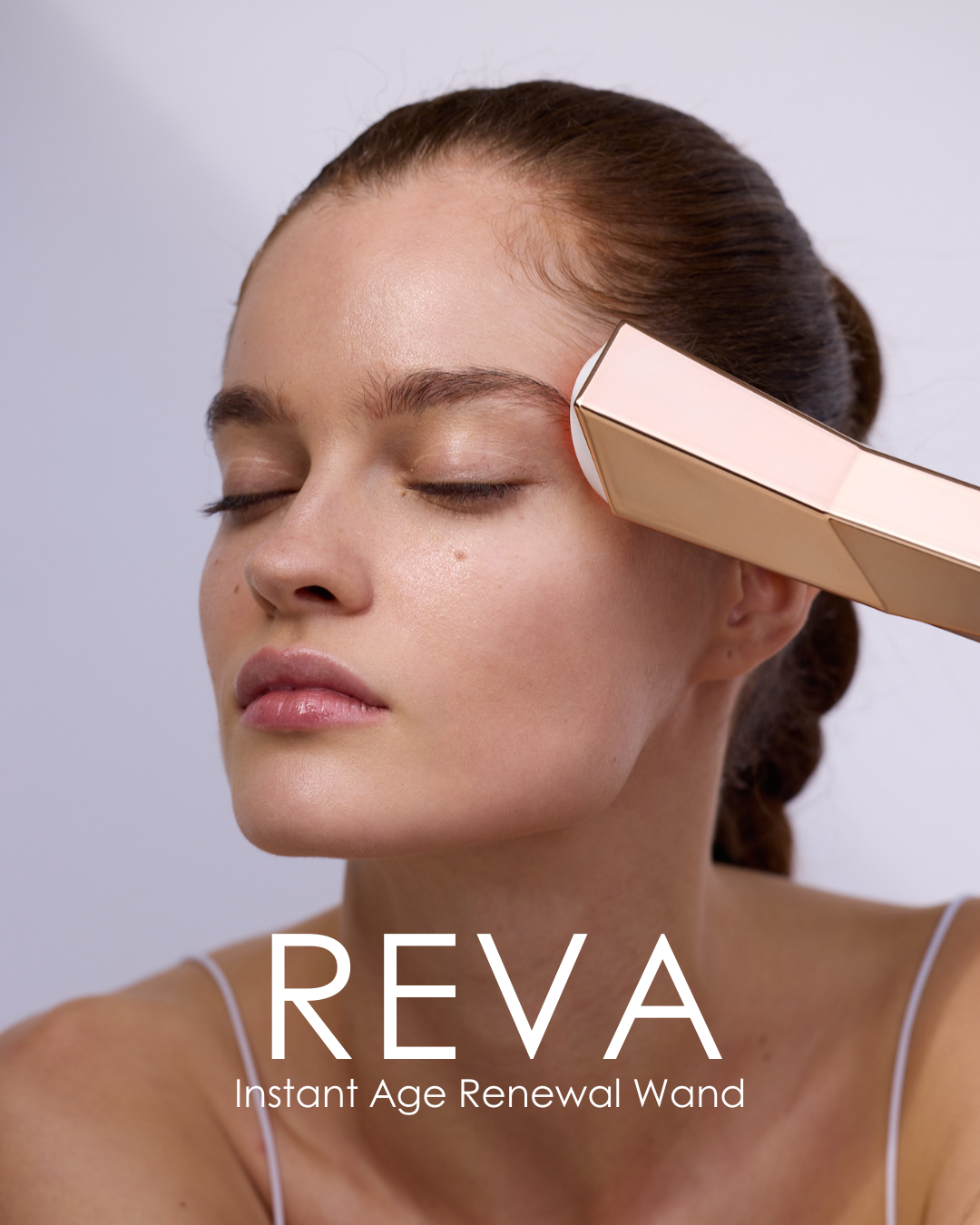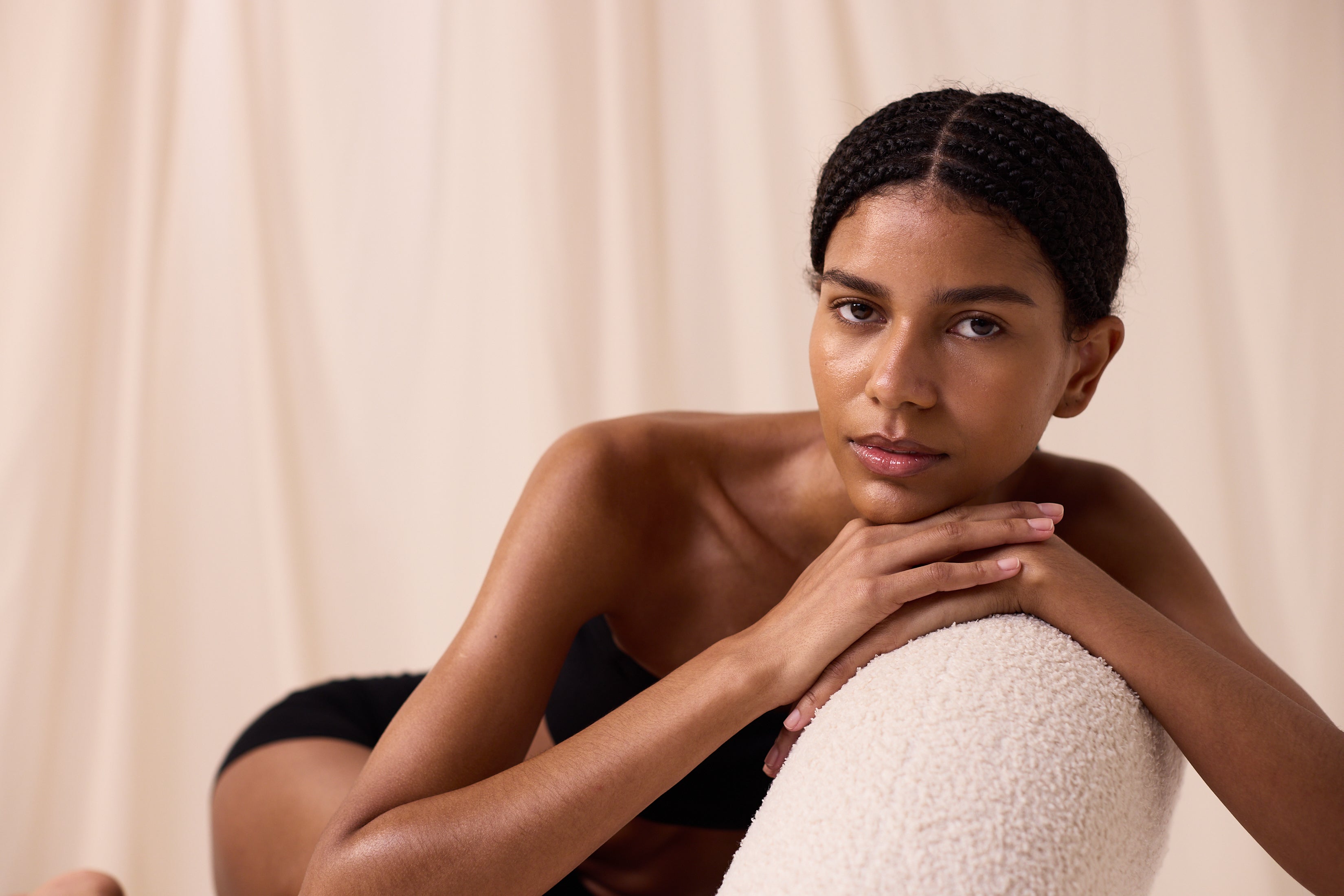
How Red LED Therapy & Blue LED Therapy Can Help You Improve Your Skin Problems
IN THIS ARTICLE:
- 01 Common Skin Problems Among Teenagers And Adults
- 02 Skin Issue Among Teenagers: Acne
- 03 Skin Issue Among Adults: Skin Inelasticity
- 04 Red & Blue LED Light Therapy For Treating Acne & Skin
- 05 Red LED Therapy
- 06 Blue LED Therapy
- 07 Conclusion
We all know that getting enough sun is good for our skin, but what if you can't get outside as often as possible? Or perhaps it's too chilly to spend time outdoors in the sun? But then again, uncontrolled levels of sunlight can be harmful too.m
The one-stop solution to all these problems would be red LED therapy & blue LED therapy.
Common Skin Problems Among Teenagers And Adults
Skin issues are fairly prevalent, and a number of factors can cause them. Hormones, for instance, are a common cause, but they can also be caused by stress, food, or other reasons. Acne and skin inelasticity are some of the common skin issues. Both acne and skin inelasticity can usually be fixed with the help of red LED therapy & blue LED therapy. Still, if the condition persists or worsens, you should consult a doctor.
Skin Issue Among Teenagers: Acne
Suppose you've just entered your teenager's room and seen them fussing about their complexion in front of the mirror. You might be inclined to dismiss the scenario as simply another drama. Chances are they are suffering from acne, and as a parent, you should pay attention to it.
Among all demographics, teenagers suffer from acne issues the most. Nonetheless, it can show up among adults too.
Acne is an inflammatory skin disorder affecting the sebaceous glands. When the pores in the skin get blocked, acne develops. Larger sebum levels (the oil that keeps skin hydrated) generate throughout the infantile years.
Pores clog due to this production, trapping a large number of dead skin cells within the openings. The presence of Propionibacterium acnes (p. acnes) in the pores facilitates acne development. This results in pimples, among other things.
Acne can form everywhere on the body, but the facial areas are most susceptible. Acne-prone teenagers may have the following symptoms:
-
Blackheads- Blocked pores that have opened up.
-
Whiteheads- Blocked pores that have closed.
-
Pustules- Bumps with pus at the tip.
-
Cysts- Painful, pus-filled bumps on the skin.
-
Nodules - Bumps that are firm and unpleasant.
LED light therapy is the most effective acne medication for skin of all ages. However, teenagers must in no way use creams that are excessively oily because they can irritate existing acne. A healthy sleeping cycle and diet will also benefit the skin.
Skin Issue Among Adults: Skin Inelasticity
The capacity of your skin to extend and rebound into position is referred to as elasticity. The suppleness of our skin is what gives us lush, healthy skin. Skin begins to droop and wrinkle as its suppleness deteriorates and becomes inelastic.
Skin is composed of three parts, and the nature of these layers upon layer impacts flexibility. The epidermis is the topmost part. Then there is the dermis, followed by subcutis, the innermost layer.
Two proteins known as collagen and elastin are found in the dermis (middle layer). They allow the skin to stretch and return to its original shape and are abundant in young skin.
These begin to deteriorate as we age due to hormone levels. Our capacity to heal also declines, resulting in inelastic skin. Due to this loss of flexibility, dryness and discomfort rise. Furthermore, our skin thins and loses its ability to retain moisture.
When we're young, our skin elasticity is at its peak, and it gradually declines as we get older. Although it's unavoidable to remain skin elastic with age, red LED therapy & blue LED therapy can slow it down.
Red & Blue LED Light Therapy For Treating Acne & Skin Inelasticity
Red & blue LED light therapy is a pain-free, non-intrusive treatment with no inconvenience. Who wouldn't want to enhance their skin's health without undergoing surgery or using harsh chemicals? LED light therapy is also cost-effective and easy to use, and you can do it in the privacy of your own home.
This therapy is a popular approach to treating various skin problems. Dermatologists and other high-end spas are also increasingly offering it as a service. But what is it about LED light treatment that makes it so effective? What's more, how does it work?
The LED light treatment essentially involves subjecting the affected part of the skin to red and blue bright lights for an extended amount of time. These lights give a particular wavelength. As it penetrates, the skin (epidermis) absorbs it.
Consequently, the body's normal cycle will coordinate with the light's frequency. This coordination promotes cell and tissue repair along with collagen creation.
Red LED Therapy
The wavelength of red light is 640–700nm. Due to its longer wavelength, it penetrates more profound layers of skin, allowing it to relieve inflammation and renew the skin. The striking of red light on the skin promotes blood flow and cell renewal, resulting in enhanced collagen formation. This increases the skin's suppleness, which in turn makes skin elastic.
Additionally, there is also a reduction of lines, wrinkles, and open pores. Chronic skin disorders such as eczema, rosacea, and psoriasis benefit from red light therapy.
There are numerous advantages to adopting red light therapy as a skincare remedy regularly. You can use LumaGlow red LED light therapy for a variety of purposes, including:
- Enhancing skin color
- Treatment for wounds
- Hair growth stimulation
- Cold sore prevention
- Scars that are fading
Blue LED Therapy
The antimicrobial characteristics of blue light in the 400–520nm range are used to cure acne and regulate oil production. It gets into the hole and activates molecules inside the bacterium, killing the cell and preventing it from becoming acne. As a consequence, dermatologists and researchers recommend using blue light to cure acne.
It also prevents skin from becoming greasy. Skin becomes greasy due to excessive oil production from the sebaceous gland. But blue light therapy reduces its activity.
LumaGlow blue LED light therapy also improves the occurrence of blackheads (aftermath of acne). The light enters the skin, eliminating the microorganisms that create blackheads in the process. The trash is excreted by your body, leaving you with unobstructed pores and blotch-free skin.
Conclusion
Red LED therapy & blue LED therapy may be used on all skin kinds and tones. It is an excellent choice for anybody searching for a way to improve the appearance of their skin.
This will not only enhance your skin, but boost your confidence too. Have any questions gone unanswered? Talk to us. We are eagerly waiting to hear from you.

written by Olivia Khader
Reference:
Klepeis NE, Nelson WC, Ott WR, et al. The National Human Activity Pattern Survey (NHAPS): a resource for assessing exposure to environmental pollutants. Journal of Exposure Analysis and Environmental Epidemiology. 2001 May.
Hamblin M. Mechanisms and applications of the anti-inflammatory effects of photobiomodulation. AIMS Biophysics. 2017 May.
Mak MC, Cheing GL. Immediate effects of monochromatic infrared energy on microcirculation in healthy subjects. Photomed Laser Surg. 2012.
David C. Holzman. What’s in a Color? The Unique Human Health Effects of Blue Light. Environmental Health Perspectives. 2010 Jan.
Nazish Rafique, Lubna Ibrahim Al-Asoom, Ahmed Abdulrahman Alsunni, Farhat Nadeem Saudagar, Latifah Almulhim, Gaeda Alkaltham. Effects of Mobile Use on Subjective Sleep Quality. Nat Sci Sleep. 2020 Jun 23.
Duffy J, Czeisler C. Effect of Light on Human Circadian Physiology. Sleep Medicine Clinics. 2009 Jun.

















Leave a comment
This site is protected by hCaptcha and the hCaptcha Privacy Policy and Terms of Service apply.